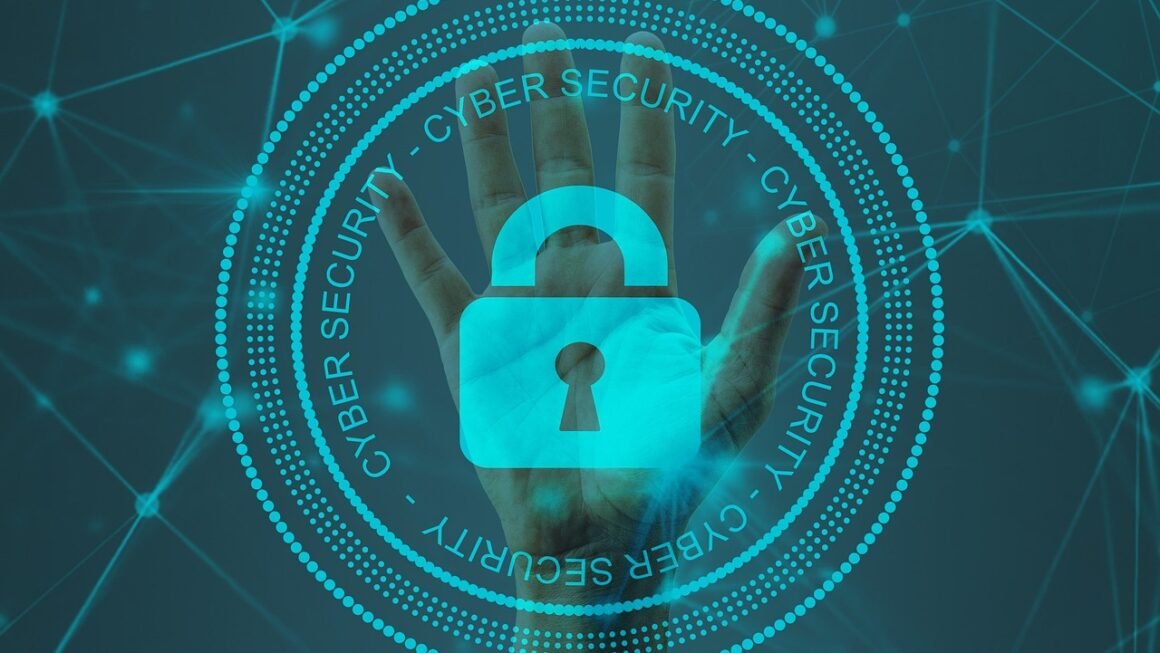Malware is a persistent threat in the digital age, affecting individuals and businesses alike. Understanding what malware is, how it operates, and how to protect against it is crucial for anyone using a computer or mobile device. This post aims to provide a comprehensive overview of malware, offering practical insights and actionable tips to enhance your digital security.
What is Malware?
Defining Malware
Malware, short for malicious software, is any program or code designed to harm a computer, network, or user. This can range from simple annoyances to devastating attacks that result in data theft, financial loss, or system compromise. Malware comes in many forms, each with unique characteristics and methods of infection.
Types of Malware
There are several distinct types of malware, each posing different threats:
- Viruses: These attach themselves to other programs or files and spread when the infected host file is executed. They can corrupt files, damage the operating system, and spread to other computers on a network. An example is the Stuxnet virus, which targeted industrial control systems.
- Worms: Unlike viruses, worms are self-replicating and don’t require a host file. They can spread across networks automatically, consuming bandwidth and resources. The “I Love You” worm is a classic example, spreading via email and causing widespread disruption.
- Trojans: Named after the Trojan horse, these disguise themselves as legitimate software. Once installed, they can perform malicious activities such as stealing data, installing other malware, or providing remote access to attackers. One example is the Zeus trojan, used to steal banking credentials.
- Ransomware: This type of malware encrypts a victim’s files and demands a ransom payment for the decryption key. Ransomware attacks can cripple businesses and individuals, with examples like WannaCry and CryptoLocker causing billions of dollars in damage.
- Spyware: This secretly monitors a user’s activity, collecting data such as browsing history, keystrokes, and login credentials. Spyware can be used for identity theft, financial fraud, and corporate espionage. Keyloggers are a common form of spyware.
- Adware: Although often less harmful than other forms of malware, adware displays unwanted advertisements on a user’s computer. It can slow down system performance and be a gateway to more serious threats.
- Rootkits: Rootkits are designed to hide malicious activity by modifying the operating system. They can be difficult to detect and remove, often requiring specialized tools.
How Malware Spreads
Understanding how malware spreads is essential for prevention:
- Email Attachments: Opening malicious attachments is a common way for malware to infect a system.
- Infected Websites: Visiting compromised websites can result in drive-by downloads, where malware is installed without the user’s knowledge.
- Software Vulnerabilities: Exploiting vulnerabilities in software allows attackers to inject malicious code.
- Social Engineering: Tricking users into downloading and installing malware through deceptive tactics.
- Removable Media: Infected USB drives or other removable media can spread malware to different computers.
Recognizing the Signs of Malware Infection
Identifying Symptoms
Recognizing the signs of a malware infection can help you take swift action to mitigate the damage:
- Slow Performance: A sudden decrease in computer speed can indicate a malware infection.
- Frequent Crashes: Unexpected system crashes and freezes can be a sign of malware interference.
- Unusual Pop-ups: An increase in pop-up ads, especially when browsing trusted websites, can suggest adware or other malware.
- Unfamiliar Programs: New programs or toolbars that you didn’t install may be malicious.
- Increased Network Activity: Unusually high network activity when you’re not actively using the internet could mean malware is transmitting data.
- Disabled Security Software: Malware may attempt to disable antivirus software or firewalls.
- Ransom Demands: A ransom note appearing on your screen is a clear indication of ransomware infection.
Using System Tools
Utilize system tools to check for suspicious activity:
- Task Manager (Windows): Monitor running processes and identify resource-intensive or unfamiliar programs.
- Activity Monitor (macOS): Similar to Task Manager, it displays running processes and their resource usage.
- Resource Monitor (Windows): Provides a detailed overview of CPU, memory, disk, and network usage.
Protecting Yourself From Malware
Essential Security Practices
Implementing these security practices can significantly reduce your risk of malware infection:
- Install Antivirus Software: Use a reputable antivirus program and keep it updated.
- Keep Software Updated: Regularly update your operating system, web browser, and other software to patch vulnerabilities.
- Use Strong Passwords: Create strong, unique passwords for all your accounts. Use a password manager to help generate and store them securely.
- Be Cautious of Email Attachments: Avoid opening attachments from unknown senders or suspicious emails.
- Verify Website Security: Check for the “HTTPS” protocol and a valid SSL certificate before entering sensitive information on a website.
- Use a Firewall: Enable your operating system’s firewall or install a dedicated firewall program.
- Back Up Your Data: Regularly back up your important files to an external drive or cloud storage.
- Enable Multi-Factor Authentication (MFA): Add an extra layer of security to your accounts by requiring a second verification method.
Choosing Antivirus Software
Selecting the right antivirus software is a critical step. Consider these factors:
- Detection Rate: Look for software with a high detection rate in independent tests.
- Real-Time Protection: Ensure the software provides real-time protection against malware threats.
- System Impact: Choose software that has minimal impact on system performance.
- User Interface: Opt for software with an intuitive and easy-to-use interface.
- Price: Consider the cost and features offered by different antivirus solutions.
- Examples of popular antivirus software include:
- Norton 360
- McAfee Total Protection
- Bitdefender Total Security
- Kaspersky Internet Security
Safe Browsing Habits
Practicing safe browsing habits can help you avoid malicious websites and downloads:
- Avoid Suspicious Links: Be wary of clicking on links in emails or social media posts from unknown sources.
- Use a Reputable Search Engine: Stick to well-known search engines like Google or DuckDuckGo.
- Check Website Reputation: Use tools like Web of Trust to check the reputation of websites before visiting them.
- Disable Browser Extensions: Review your browser extensions and disable any that you don’t recognize or need.
- Use a VPN: Use a Virtual Private Network (VPN) when connecting to public Wi-Fi networks to encrypt your internet traffic.
Recovering From a Malware Infection
Steps to Take
If you suspect your system is infected with malware, follow these steps:
- Disconnect From the Internet: This prevents the malware from spreading or sending data to attackers.
- Run a Full System Scan: Use your antivirus software to perform a full system scan.
- Remove Detected Threats: Follow the antivirus software’s instructions to remove any detected malware.
- Change Passwords: Change the passwords for all your online accounts, especially email, banking, and social media.
- Monitor Your Accounts: Keep a close eye on your bank accounts and credit card statements for any suspicious activity.
- Reinstall Your Operating System: If the infection is severe, you may need to reinstall your operating system.
Using Recovery Tools
Several tools can help you recover from a malware infection:
- Malwarebytes: A popular anti-malware tool that can detect and remove various types of malware.
- Rkill: A tool that terminates malicious processes, allowing antivirus software to run more effectively.
- HitmanPro:* A cloud-based scanner that identifies and removes malware, rootkits, and other threats.
Professional Assistance
In some cases, you may need to seek professional help to remove malware and restore your system. Contact a reputable computer repair shop or IT security expert for assistance.
Conclusion
Protecting against malware requires a proactive and multi-layered approach. By understanding the different types of malware, recognizing the signs of infection, and implementing essential security practices, you can significantly reduce your risk. Remember to keep your software updated, use strong passwords, and practice safe browsing habits. In the event of an infection, act quickly to mitigate the damage and restore your system. Staying informed and vigilant is crucial for maintaining a secure digital environment.



